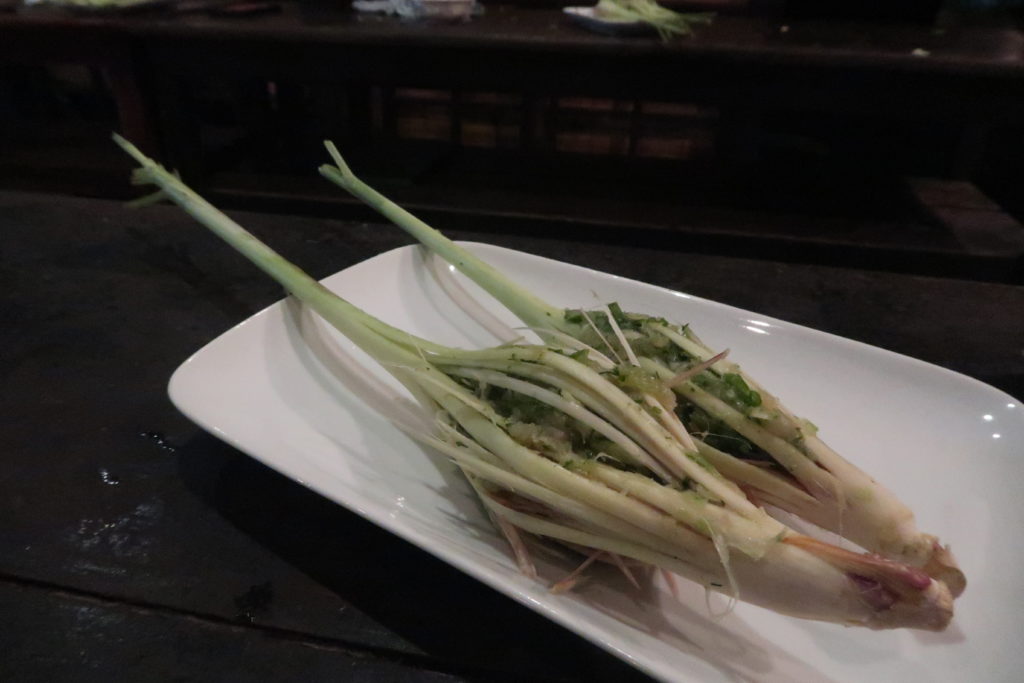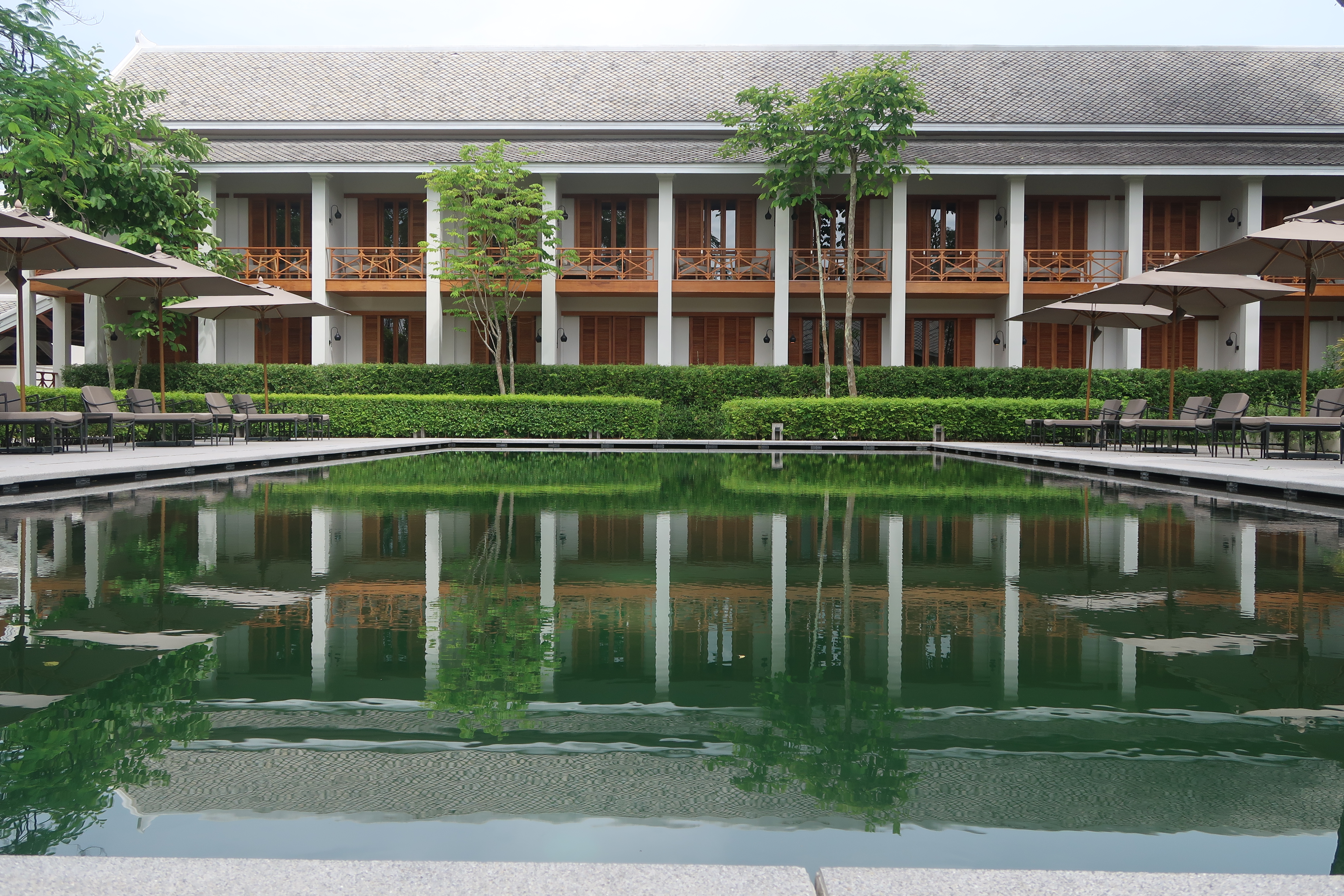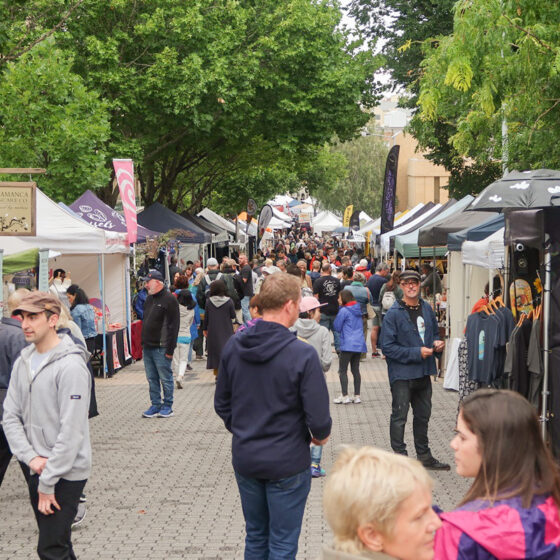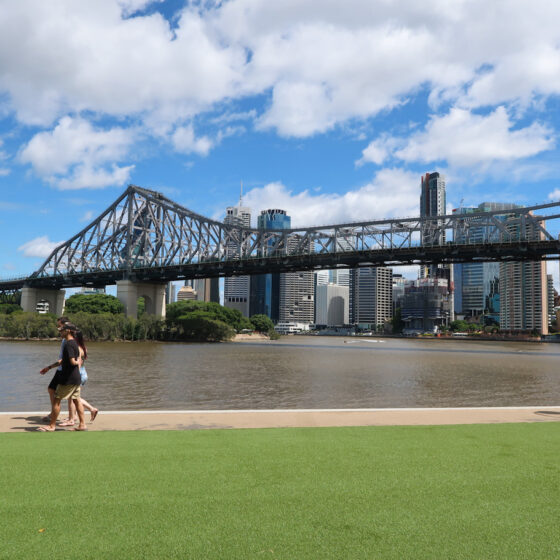
What even is Laotian cuisine?”, I hear you ask. Unlike its neighbours, Laos hasn’t seen a big emigrant population while its Vietnamese and Thai counterparts had already sown their seed of gastronomy everywhere since decades ago. I admit that before going to Laos, I no idea what Laotian cuisine is. Even living in a melting pot of culture like Melbourne, I haven’t seen any Laotian restaurant/ made any Laotian friend.
When I am travelling, I believe that one of the quickest ways to know more about a culture is through the food they eat. Every time I stroll through busy markets or wander along streets of eateries in Luang Prabang, all my senses would be overloaded with information that my brain has never processed before. To me, the marvel of a culture is food. And an undiscovered food culture, is even more intriguing.

My visit to Luang Prabang was a short one. With limited time, I needed some facilitators in allowing me to know more about the true Laotian cuisine. That’s why I decided to take part in the cooking class offered by Tamarind @ Luang Prabang. I am fortunate to say that within just one evening, I have learnt heaps more than what I could’ve learnt by myself. Being a medical student, I am definitely all about self-learning. But there’s just so little that you can learn by yourself, and all the bits and pieces, I needed someone who truly knows the cuisine like ABC to help me better understand the food culture.
Thankfully, Tamarind Luang Prabang helped me achieve that.
I stayed in the city centre in Luang Prabang. As Tamarind was located in the city centre, it’s accessible by walking, just like most places in Luang Prabang. It’s located by the river so the walk was a scenic one.

Upon arrival, we were greeted by the friendly manager who speaks really good English. They prepared a welcome drink (made from Bael fruit) and that immediately quenched my thirst. It was so light and refreshing! I then had a look around the restaurant. They have a small shop selling Lao specialty such as honey whisky, Bael fruit, bamboo steamer and so on.
We had a group of 9. After the drink, they arranged a big tuk-tuk (included in the price) to take us to the cooking school. As some parts of the journey weren’t tarred, the drive wasn’t the best one. I get to make so many friends in the tuk-tuk so I didn’t care about it that much anyways!


We arrived at a wonderful chalet-like cooking school. Everything was very well-prepared with all the ingredients put in place aesthetically. We had Sid as our cooking instructor and he basically made the whole cooking class experience 100 times better. His sense of humour is exceptional (in a good way).
Before we began, we had another welcome drink. This time, it’s a chilled drink infused with lemongrass and honey. It’s even better than the previous one. I wonder what magic does Tamarind Luang Prabang put into their drinks.

Tamarind Luang Prabang strives to accommodate to most dietary requirements. 3 from our group are vegetarians and hence, Tamarind has prepared alternative such as tofu and mushroom. Of course, they informed Tamarind in advanced so these arrangements could be made.
Sid (the instructor) started off by telling us how to wash and cook the sticky rice the traditional way. As I often cook sticky rice, the white sticky rice wasn’t very new to me. What appealed to me a lot was the red sticky rice, which I had never seen before. Sid told us that red sticky rice is very versatile. With it’s natural colour, it makes an aesthetically pleasant dessert. To achieve the perfect consistency and colour intensity, Sid reminded us not to wash it too many times (2 times would suffice) so that it retains the reddish purple hue.



After Sid placed all the sticky rice into a traditional bamboo sticky rice steamer, we proceeded to make jeow, or sauces. I chose to make Jeow Mak Len, or Lao Tomato Salsa. This scrumptious sauce is out of this world when eaten with sticky rice. I started by blistering the cherry tomatoes and garlic over heated charcoal. After peeling the skin off and crushing it in the mortar, I added more ingredients such as coriander, scallions, chillies and a dash of lime to the mixture. The tinge of smokiness added another layer of flavour to the dip and that is what makes it so addictive. With sticky rice, it’s heaven on earth.
After making this condiment, we were ready to prepare the main dish – Mok Pa and Oua Si Khai.
Mok Pa is a traditional Lao dish. It is a fish dish whereby pieces of marinated fish fillets are wrapped in banana leaves before they are steamed to perfection with the steamer. Because it’s wrapped in the banana leaves, the moisture of the fish is retained completely within the natural container. With some added fragrance from the banana leaves, Mok Pa is impeccable.
On the other hand, Oua Si Khai is a chicken dish where I think the best translation would be “stuffed lemongrass“. It’s a deep fried dish and you know it, everything deep fried is fantabulous. You can probably appreciate that Lao love using natural resources as container such as bamboo, all sorts of leaves, coconut shell and now, lemongrass. After marinating the chicken mixture with the herbs and spices, it’s stuffed into the small compartment formed by carving the lemongrass longitudinally. It’s hard to explain – you have to come to learn it yourself. And trust me, it’s worth it.


We finished off by making the red sticky rice dessert. We get to choose the tropical fruits as toppings before we moved to the dining table with all the goodness that we had produced within 2 hours.
Apart from the food that we’ve made, Tamarind Luang Prabang also made other Lao dishes such as pumpkin stir-fry, soup with lotus root and the best peanut sauce I’ve tasted in my life. It was so good that we asked for another serving of it.
To end the superb evening, we were given a cookbook written by Tamarind. It includes all the dishes that we have cooked and some variations that we could try out at home. I am very glad that there are some pictures showing the steps to aid my memory when I want to produce the dish back in Melbourne.
PS: The recipe of the peanut dressing can also be found in the cookbook.
As it was raining pretty heavily, they arranged a minivan instead of a tuk-tuk. Sid sang us some Laotian song (he can sing well!!!) before we arrived at our destinations and waved each other goodbye.
I highly recommend the cooking class experience with Tamarind Luang Prabang. It’s the most organised cooking class that I’ve been so far. If you are in Luang Prabang and have some free time after Kuang Si Falls, book yourself in for some fun in the kitchen!
You can head to their website here at http://www.tamarindlaos.com/
The difference between morning class and evening class is that you’ll get to go to the market if you join the morning class. If I were you, I would opt for the morning class as you’ll get the opportunity to go to the market and see those ingredients. When I went alone, I had no idea what those things are and I really wanted to know more about them! So hear me out, opt for the morning class!
And happy cooking!

Disclaimer: I was graciously hosted by Tamarind Luang Prabang. However, all opinions are my own.
Like it? Pin it!



Born and raised in Malaysia, Aaron is a medical student that is deeply in love with travelling. He loves to inebriate all his readers with the crazy travel stories and personal travel tips that he has gathered throughout years of travelling experience. Learn more about him here!







1 comment
Comments are closed.